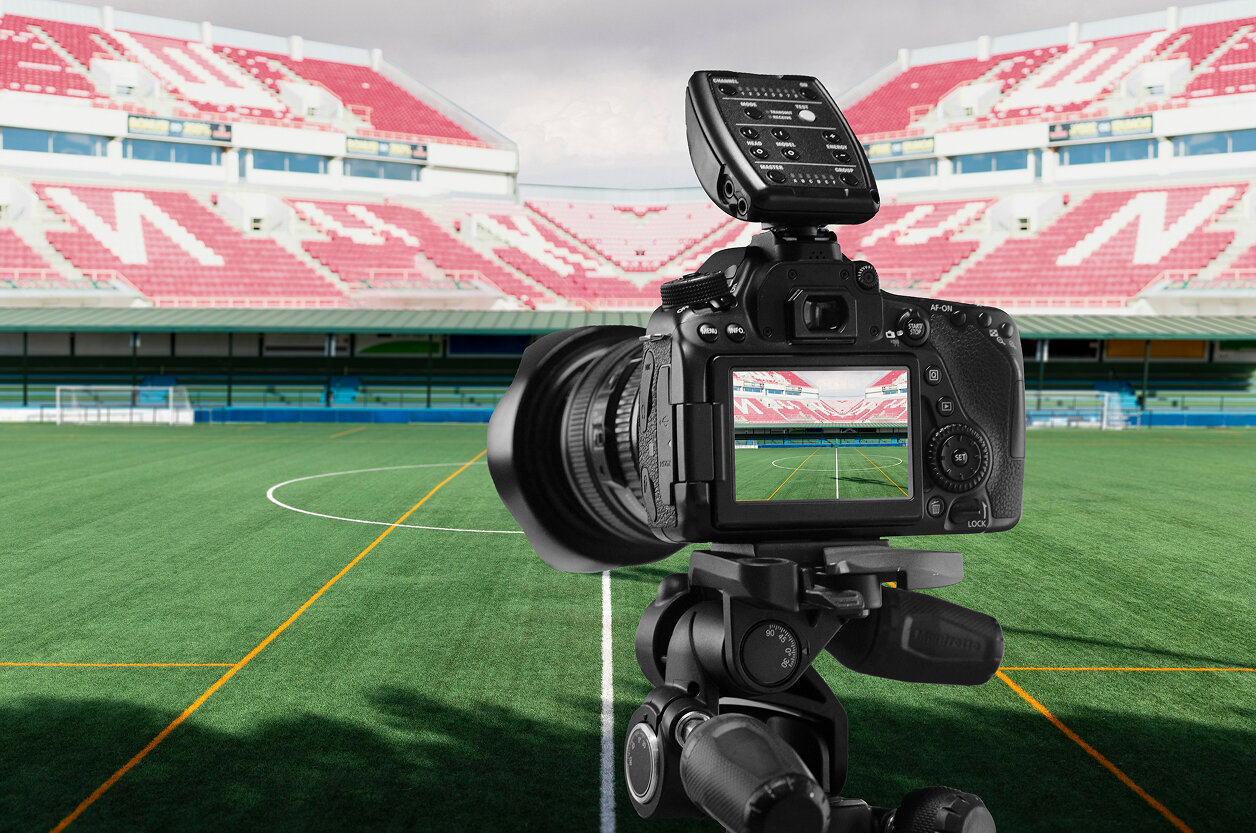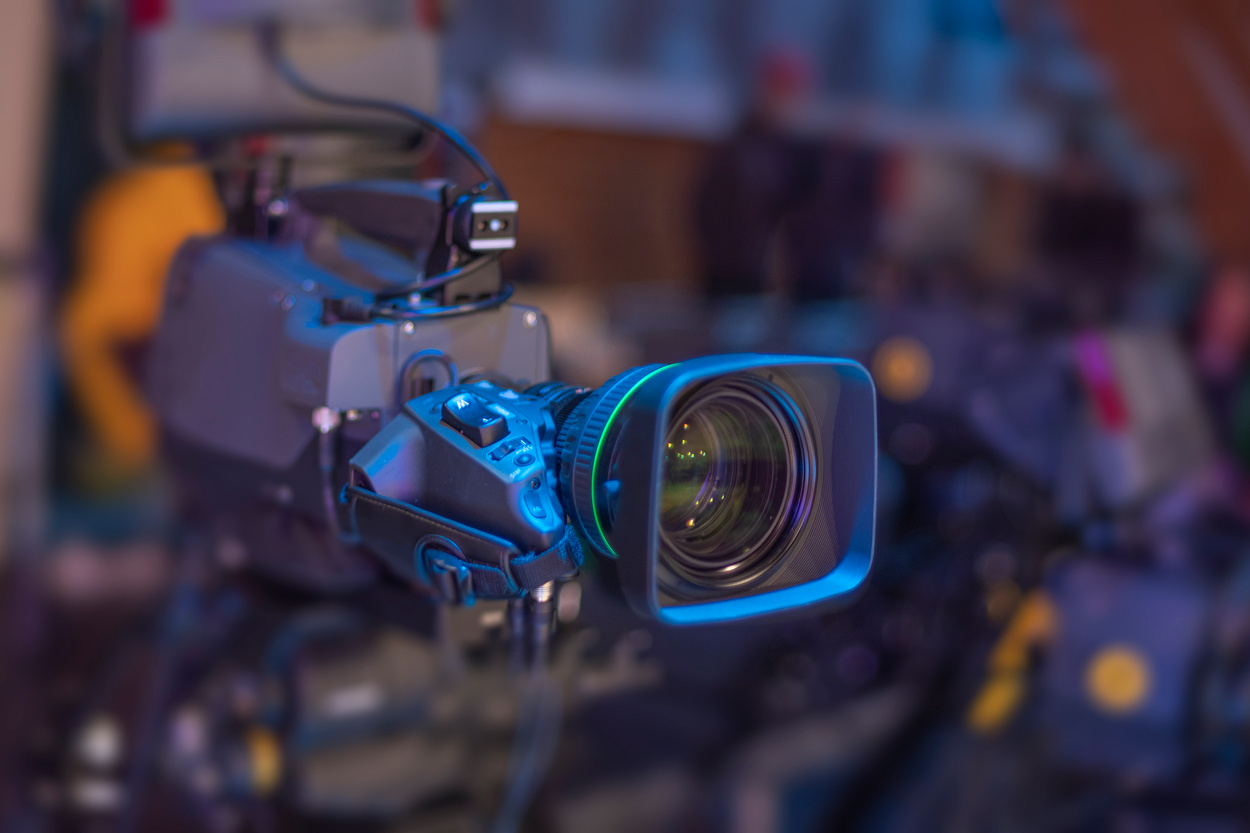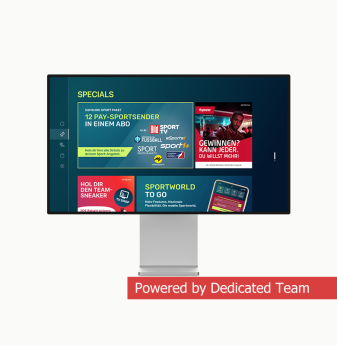Synchronizing Multi-Camera Live Production with Edge AI: Cross-Device Precision at Scale

Modern live productions increasingly rely on multiple cameras capturing different angles, combined with overlay graphics, scene-switching logic, AI-driven analytics, and post-processing. But to make all these feeds coherent, synchronized, and meaningful, precise cross-device synchronization is essential. Edge AI plays a critical role, enabling local alignment, latency compensation, and coordination close to the source.
In this article, we explore why synchronization matters in multi-camera systems, how edge AI can help achieve it, architectural patterns, challenges, and a practical roadmap for deployment.
Why cross-device synchronization is critical
In any live multi-camera setup—sports, concerts, virtual events, broadcast studios—cameras must share a common temporal reference. Misalignment in frame capture, delays in encoding, or drift between devices cause visible artifacts: mismatched cuts, lip-sync errors, motion jitter, inconsistent overlays, or poor stitching in multi-view segments.
Synchronization ensures that all camera streams can be interleaved, switched, composited, or analyzed coherently. For AI analytics (object tracking across views, multi-view fusion, event detection) temporal alignment is non-negotiable. When synchronization is off, even powerful AI systems produce inconsistent and erroneous results.
Traditionally, hardware genlock, timecode (e.g. SMPTE timecode), sync cables, or broadcast-level trigger lines were used for alignment. But as production moves into IP, distributed sites, and edge-based processing, these schemes become harder to manage. That’s when edge AI synchronization steps in: systems at the camera or local nodes help maintain alignment while compensating for variable pipelines.
Key components of synchronized multi-camera systems
- Clock and capture synchronization
At the hardware level, cameras receive a shared clock or trigger (genlock, sync pulses) to ensure frame capture is aligned temporally. Some systems support network-based sync (e.g. over Ethernet) or via PTP (Precision Time Protocol). For example, Z CAM offers hardware sync mechanisms for film, sports, volumetric capture setups. riwit.de
- Timestamping and alignment metadata
Each captured frame is timestamped with high precision (camera sensor time, sequence number). This metadata flows with the video stream to downstream nodes and is critical for aligning frames across devices.
- Edge AI compensation / delay correction
In an edge node (or local hub), AI modules detect small temporal offsets and apply frame buffering, shift correction, or predictive alignment. For example, small latency fluctuations—due to encoding or network jitter—can be compensated by delaying or advancing streams to maintain coherence.
- Cross-device coordination logic
Edge systems communicate sync status, drift data, and adjustment commands between nodes. They may share synchronization state and coordinate adjustments to maintain alignment across devices.
- Feedback and drift detection
AI logic monitors alignment over time, detecting drift, frame slip, or inconsistencies. It may trigger resynchronization or alert operators if alignment goes out of tolerance.
- Integration with analytics and switching logic
Synchronized streams feed into switching engines, multi-view compositors, and AI analytics modules (e.g. tracking objects across cameras, detecting events from multiple angles). Accurate synchronization ensures consistency.
Edge AI’s role in synchronization
Edge AI modules are well placed to help synchronization in several ways:
- Real-time drift detection using visual correlation (e.g. detecting the same object or scene element across cameras) to correct alignment
- Predictive offset adjustment by learning latency patterns and preemptively adjusting frame buffers
- Region-of-interest alignment — focusing synchronization resources on critical zones (e.g. center of action) rather than global alignment
- Adaptive buffering — dynamically increasing or reducing buffer depth based on observed variation in latency
- Temporal fusion for analytics — combining frames across devices after alignment to improve multi-view detection or tracking
Some systems, such as DeepStream for multi-camera analytics, already support ingestion of multiple synchronized cameras with visual embedding alignment logic across feeds. NVIDIA+1 Furthermore, bandwidth-efficient multi-camera streaming approaches like ROIDet optimize which parts of frames to send to reduce load while maintaining analytic accuracy, relying on synchronized feed semantics. arXiv
Messaging systems such as Mez propose latency-sensitive messaging frameworks for edge multi-camera vision, where adjustments are made to satisfy application latency and consistency bounds. arXiv
Architecture patterns
Centralized sync hub
All camera devices sync to a central hub (edge node), which oversees timing, buffers, and alignment. The hub collects streams, applies AI compensation, and feeds synchronized output to downstream systems.
Distributed edge sync
Each camera or site runs a local edge agent that coordinates with peers to maintain synchronization. Edge agents exchange sync metadata, align with master clocks, and apply local buffering or adjustment.
Hierarchical sync layers
In large systems, a multi-tiered sync is adopted: local clusters synchronize within a small group, then cluster leaders adjust alignment between clusters. Useful for stadiums or wide-area events.
Hybrid sync + visual correction
Hardware sync and timestamping provide coarse alignment, while edge AI visual matching refines alignment further. This hybrid approach maintains accuracy even when hardware sync drifts or when network paths vary.
Challenges and tradeoffs
Latency vs buffer depth
Larger buffers help absorb jitter but increase latency. Balancing buffer depth so that alignment is stable but still low-latency is key.
Drift accumulation
Even small clock drift or network path differences accumulate. Continuous compensation is necessary, but frequent corrections risk instability or visible artifacts.
Visual correlation complexity
Using AI to match scene content across cameras (e.g. matching common objects or edges) depends on overlapping fields of view and scene context. In highly distinct views, correlation may fail.
Heterogeneous camera models / settings
When cameras differ in frame rate, exposure, color, or lens, synchronization becomes harder. Alignment must account for these variations.
Resource constraints
Edge nodes have limited memory, compute, and I/O. Synchronization modules must operate efficiently without overwhelming the device.
Failure recovery & resync
If sync breaks (camera fails, network glitch, clock error), the system must resynchronize gracefully without disrupting production.

Roadmap for deployment
- Deploy hardware clock sync or PTP for baseline alignment
- Add timestamping and metadata propagation through pipeline
- Implement edge AI modules for drift detection (e.g. cross-view feature matching)
- Enable buffering and delay compensation with controlled latency
- Validate synchronization accuracy under live conditions (motion, lighting changes)
- Build feedback and drift alert logic
- Integrate synchronized streams with analytics, switching, and multi-view modules
- Expand to multi-cluster or hierarchical sync domains
- Monitor long-term drift and schedule resync operations
- Iterate threshold tuning and fallback modes
Advisory perspective
When designing synchronization systems, teams often begin with hardware sync and timestamping, and then incrementally augment with AI correction and compensation logic. Edge agents can improve robustness, but must be carefully tuned for production stability.
AI Overview: Cross-Device Synchronization in Multi-Cam Live Production
Edge AI enhances multi-camera synchronization by detecting drift, compensating latency variations, and aligning video from distributed devices in real time. By combining timestamp metadata, visual correlation, and predictive buffering strategies, it achieves frame-level coherence essential for switching, analytics, and compositing.
Key Applications: synchronized switching, multi-view analytics, unified overlays across cameras, seamless transitions, cross-camera event detection.
Benefits: reduced misalignment artifacts, scalable synchronization across distributed setups, improved AI analytics reliability, maintaining coherence under dynamic conditions.
Challenges: balancing buffer latency, drift accumulation, visual correlation limits, resource constraints, heterogeneous camera settings.
Outlook: by 2027, edge-enabled synchronization logic will be embedded in multi-camera live production systems, combining hardware sync, AI correction, and hierarchical coordination for robust real-time alignment.
Related Terms: genlock, PTP synchronization, timestamp alignment, drift compensation, visual correlation, buffer compensation, multi-view fusion.
Our Case Studies








